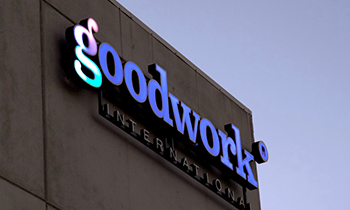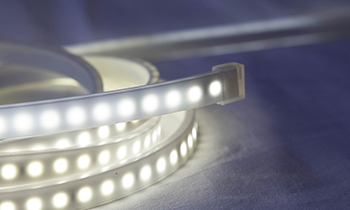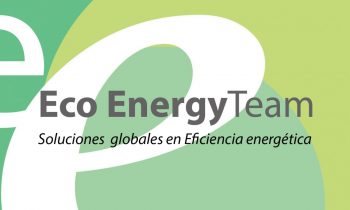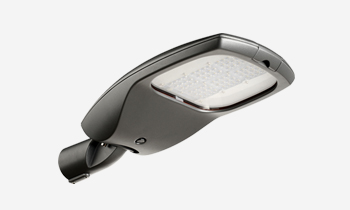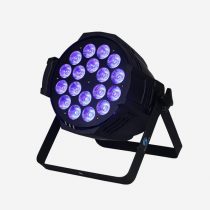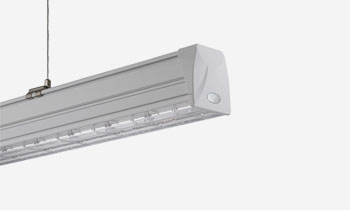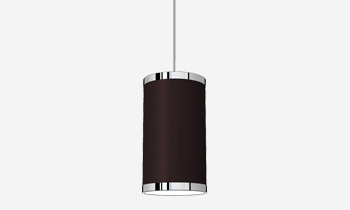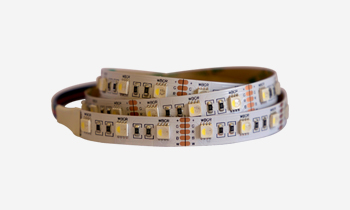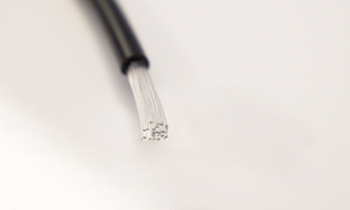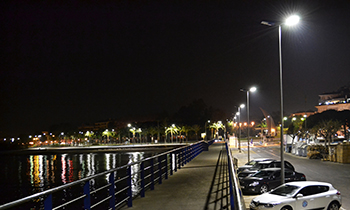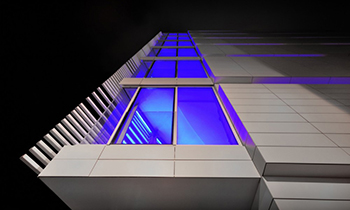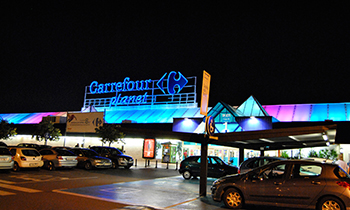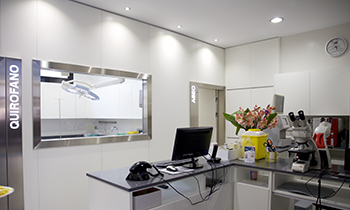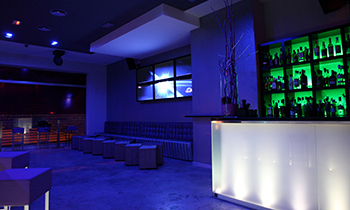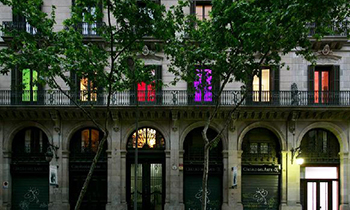LED (Lighting Emitting Diode) is a semiconductor diode capable of emitting light. The first LED was developed in 1927, but it was not until the sixties when it was used for industrial purposes. Since then, research continued in this sector and it is currently considered the most efficient form of lighting, used in countless devices that provide better quality of life to our daily lives.
We give the reasons why moving to LED is the best choice for the future and the best option for your health and wellness and for your pocket.
1. Ecological and Enviromentally friendly
LED technology is the most environmentally friendly because it does not have mercury and it is recyclable. The traditional bulbs contains tungsten. The halogen bulbs contains fluorine, bromine, chlorine, iodine, halogen and tungsten in the gaseous state; and the fluorescent bulbs contains mercury. All of them are very toxic. LED complies with European RoHS regulations, which refers to Directive 2002/95 / EC Restriction of (six in particular) Hazardous Substances in electrical and electronic equipment, adopted in February 2003 by the European Union.
2. Reduce C02 Emissions
The concentration of carbon dioxide in the atmosphere is increasing since the nineteenth century and the rate of increase accelerated at the end of the twentieth century. CO2 creates an important greenhouse effect. Burning carbon fuels, since the Industrial Revolution, has rapidly increased its concentration in the atmosphere, which has led to global warming.
The extreme efficiency of LED bulbs translates into significant savings in CO2 emissions and sulfur into the atmosphere. A single LED bulb prevents the emission of 10 kilos of CO2 in one year. In short, the LED takes care of our ecosystem.
3. It is healthy
LED bulbs do not contain mercury and do not emit infrared or ultraviolet radiation. This means they are less harmful to your health and reduce eye fatigue and skin problems. With the creation of the LED, the annoying flicker noise produced by traditional bulbs disappeared and it also dissolved the discomfort, headache and anxiety. Furthermore, by not emitting ultraviolet rays, it does not attract unwanted insects.
4. Saving and energy efficiency
There is no doubt that in these times, all we care about is saving our electricity bill. Thanks to the efficient use of energy, LED use 65% less energy than energy-saving light bulbs and 90% less than traditional incandescent bulbs.
LED technology uses 90% of the energy to produce light and 10% produces heat. In the case of conventional incandescent values are reversed: 90% produces heat and only 10% produces light. Given that, contrary to all conventional lights, only a small part of the energy consumed by the LED lamps is wasted by emitting heat, and the energy-saving represents 50% to 80%, which makes that the initial investment is amortized quickly. LED does not need to be pre-heated and therefore you have an immediate ignition. For example, when using the air conditioning, as the LED emits almost no heat, the thermal sensation will not be as warm and save on the expense of using this device.
The low power consumption of LED technology also keeps lighting with a small generator if there is a power failure. They are very practical in installations with ignition systems motion sensor.
From 2013, the European Union’s objective is to reduce the consumption of electricity used for lighting by at least 20% before 2020. This will be achieved through a massive deployment of solutions based on state lighting solid in Europe. In 2015, the European Parliament adopted a law on energy efficiency in member states must renewed a minimum of public buildings annually and imposes energy audits for large companies. This would save 50.000 million euros a year.
5. Long lasting
LED bulbs are not made filament to break or burn, so they have a lifespan of about 50.000 hours compared to 2.000 hours of a standard bulb; this means, between 20 and 30 years in use 10 hours a day for 365 days a year. This translates in a great saving in maintenance costs since they do not have to be constantly replacing lighting and it is perfect for installations where maintenance is very complicated, expensive or with restricted access.
Also, because the power consumption is much lower, the electrical implementation of LED lamps are made with small-gauge cable, directly translated into saving in cabling and installation.
6. Chromatic Variety
LED offers greater color control. There is a wide range of possible colors by combining different LEDs and when additional filters are used, production costs are reduced and the color is purer and brighter than a traditional bulb. They have a very high rate of color reproduction (80 of 100), so that the distortion is reduced in color reproduction and the fidelity of tone is higher. Furthermore, they suit every environment and can reproduce warm light, cold light, natural light…
7. Addressable light
While all other lighting systems rely on reflectors to achieve scatter light (causing a portion of it to be lost), the light from an LED can focus without the need for additional lenses, and so it will not suffer loss or scattering of light and can be directed to the area which must be illuminated with an efficiency of 90%. So that, we can avoid glare and the right amount of light is emitted. No more and no less.
The fact of not having to use reflectors to focus light also means less cost for the same beam.
8. Versatility and innovation
Thanks to the wide range of shapes and colors of the LED, they can replace almost any luminaire. LED technology adapts to the aesthetic needs of each lighting design. It is flexible and it is easy to regulate the intensity, and tone. Unlike fluorescent lights for example, this technology supports low temperatures down to -40°C, making them suitable for installation in places such as cold rooms.
9. Vibration resistance
LED technology has a high resistance to shocks because it is placed in solid state devices and with the absence of filaments and sensitive parts, which are not as fragile as conventional bulbs and resist large variations in vibration and it ensures temperature continuity of correct lighting. LED technology avoids the risk of accidents due to rupture of the bulb and reduce waste production.
10. Safe luminaires
They are extremely durable and stable thanks to its solid state construction and supporting more heat and humidity. What also makes it safer to avoid burns when changing and cuts, if they break. Their ignition is instantaneous and supports most extreme temperatures, so there is no danger in there spaces where the temperature must be tightly controlled.
11. Adjustable
The LEDs are directly compatible and easily controlled through tools to set the% of light you want to emit and the brightness of these. They can operate in any percentage of nominal power as they are regulated.
As you can see, LED technology is not a fad, it is a world full of possibilities. And this is only the beginning. Do not hesitate and move to LED with Good Work.
Pic: Fontgas

